Corsica! I’d never been but the word conjures up a wild, mountainous landscape where shepherds and brigands roast whole goats on spits and live out their lives far away from society in towns and cities. Savage cliffs plunge into rough seas. And the interior is somewhat like the lost world, feral and untamed … some of which eventually came to greet us …
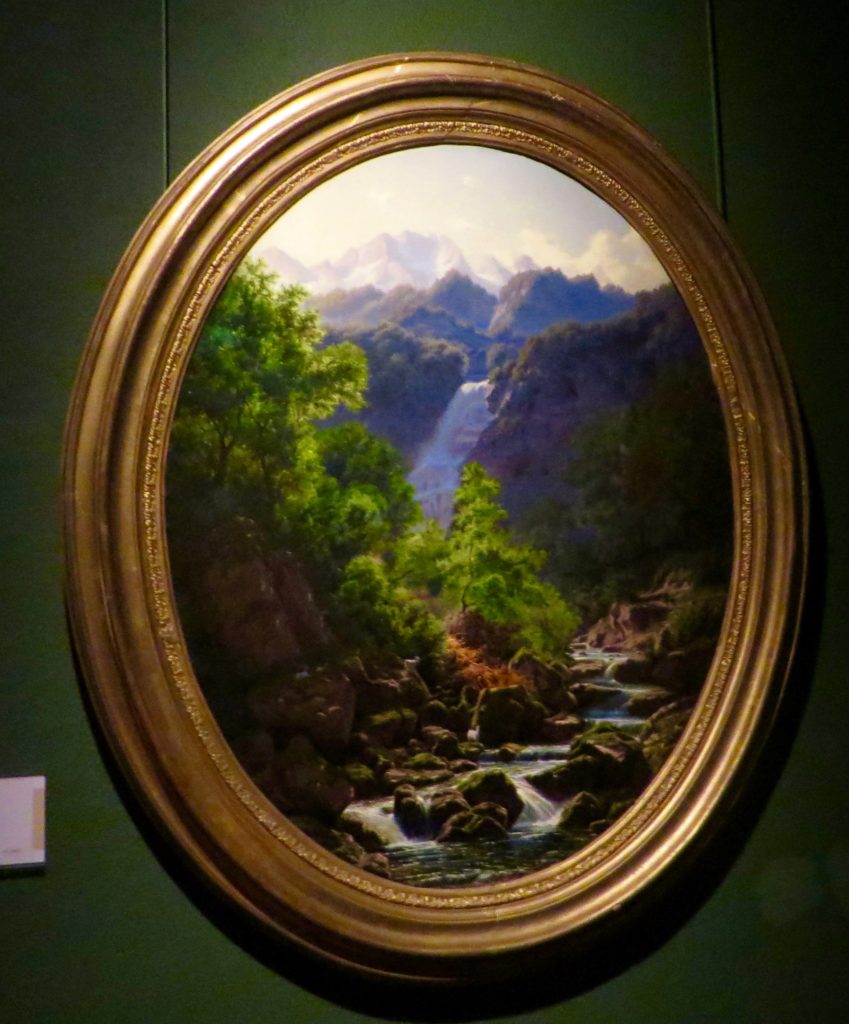
However, the number 5 bus to Marinella beach was our less wild transport, only a few kilometres from Ajaccio. After waiting an hour, the driver finally appeared and set off at high speed with an almost full load. That night we did walk forty five minutes to a fish restaurant overlooking the sea – La Crête – but later called for a taxi home, as the pink and violet colours of the sunset were finally extinguished and inky darkness took over with its ever present terrors.

The shepherds of yesteryear, who guarded their flocks at night, seem to have become the fit and handsome restaurateurs of today, who now serve wild boar stew, fragrant cheeses and tasty charcuterie of all kinds. They know how to present their Corsican aperitifs and wines to best advantage. I asked where the vineyards were – there are tours from Ajaccio from July to September with tastings.
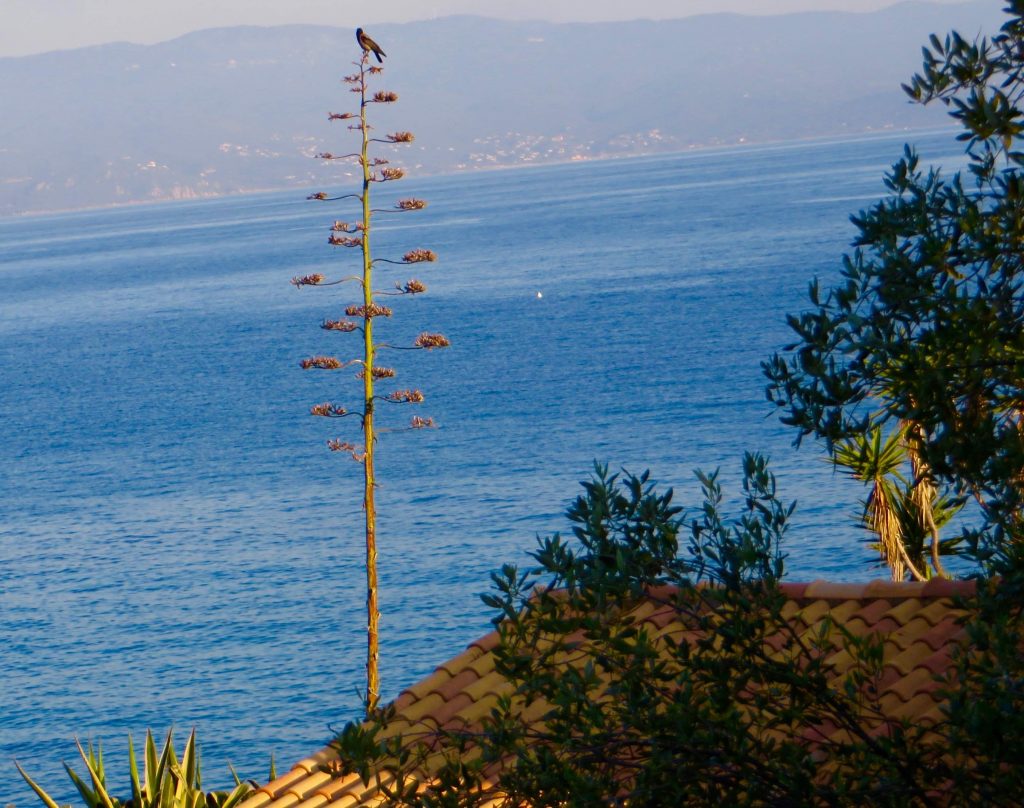
Sleep engulfed me in my little pallet bed and early sunshine promised a visit to the market in Ajaccio. This is set up every day on Place Foch, which is close to the harbour. It is a cornucopia of ‘produits du terroir’ and very popular.

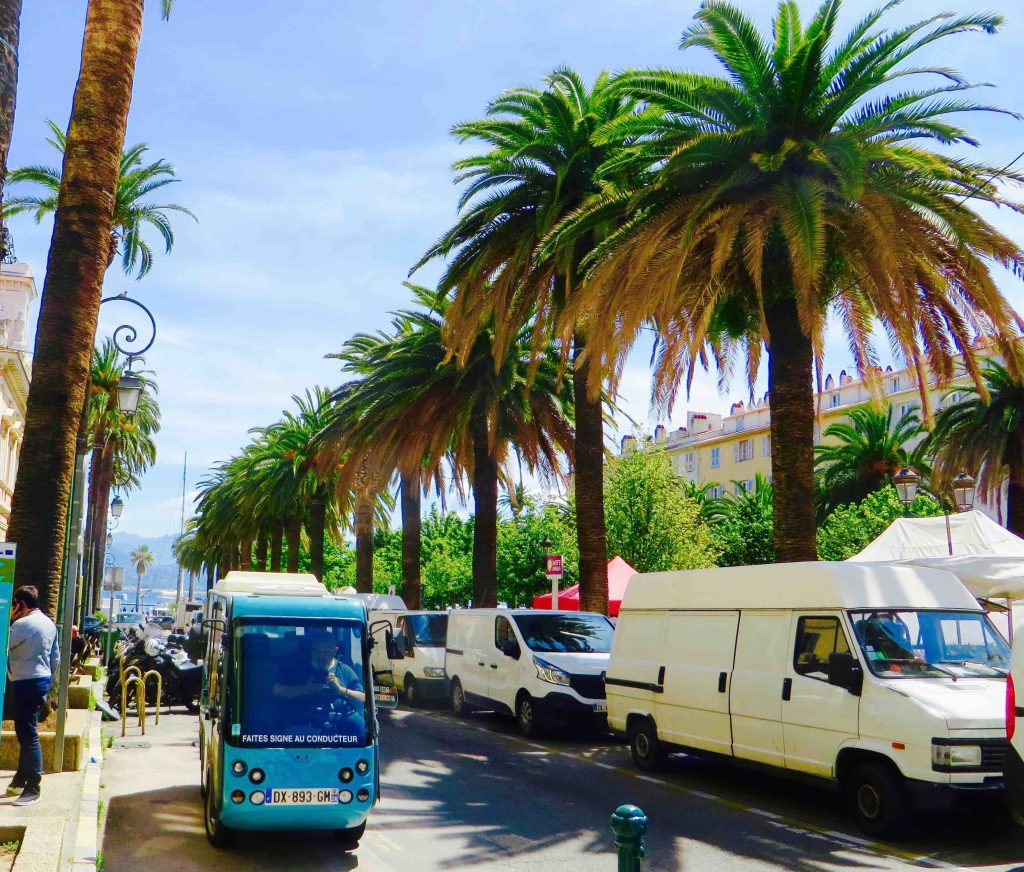
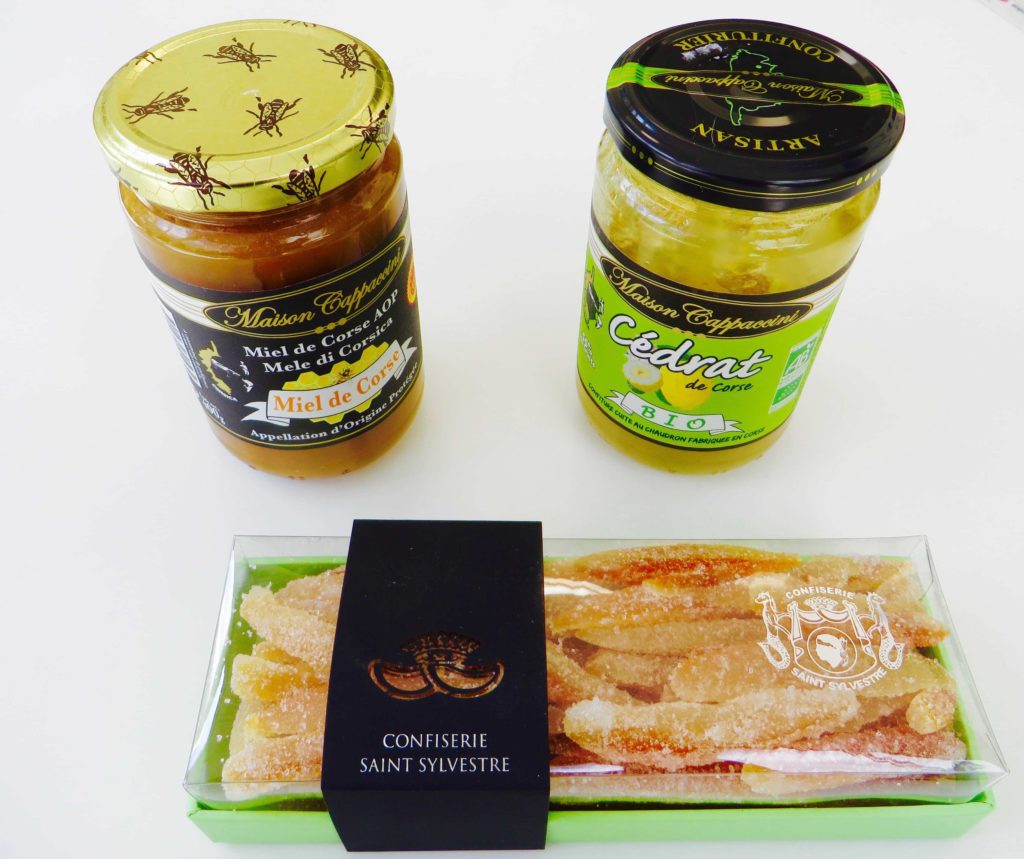
There’s a small, pedestrian street snaking off from the square, which has a shop stuffed full to the brim with all Corsican food and drink. www.villages.corses.com. Salami sausage, including that of wild boar, hangs spicily from the ceiling, bottles of cédrat liqueur (you should try the Cap Corse aperitif), olive oil and wine line the shelves in serried ranks. I espied a small jar of truffles, which I couldn’t resist, some soft cédrat nougat and a packet of ‘thé immortelle’ made with helianthus flowers. Good thing I brought my bigger suitcase!
Next on the agenda was a cédrat flavoured ice cream which I happily demolished, sitting in the gardens in front of the art gallery. Instant gratification!
A note on cédrat, which is, in a word, the ur-lemon. A sweetish lemon with a yellow, bumpy skin and very thick, fleshy pith. The strong scent of the blossom means that the bees make a very fragrant honey. The fruit is not as acid as a normal lemon and is made into jam and used a lot in cookery – and ice cream! It can be sliced very thinly and eaten as a salad with a drizzle of olive oil, salt and pepper. Original and excellent.
It was getting hotter. Sunglasses a must but I now also needed a hat and found a bargain for fifteen euros.
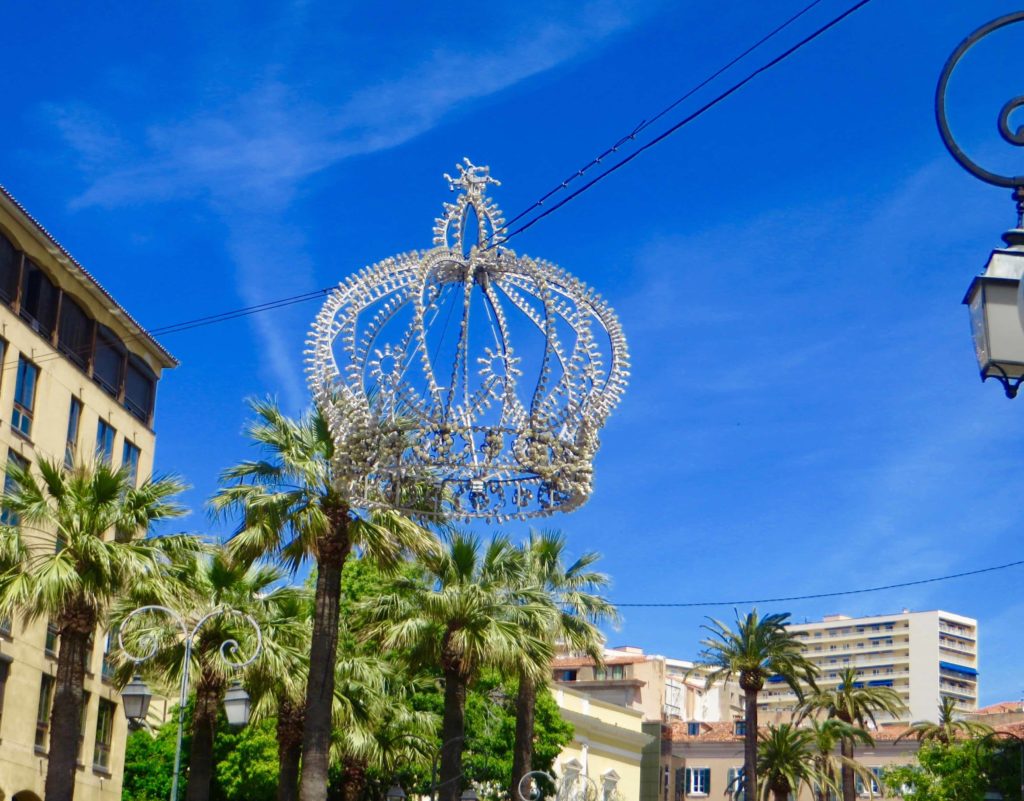
This crown is linked to Napoleon Bonaparte, who was born here in Ajaccio in 1769. It’s a permanent fixture and quite bizarre, hanging seemingly precariously above the traffic and slightly reminding me of the star in Moustiers-St- Marie, France, which hangs by a chain between two mountains, celebrating the successful return of a soldier from the war.
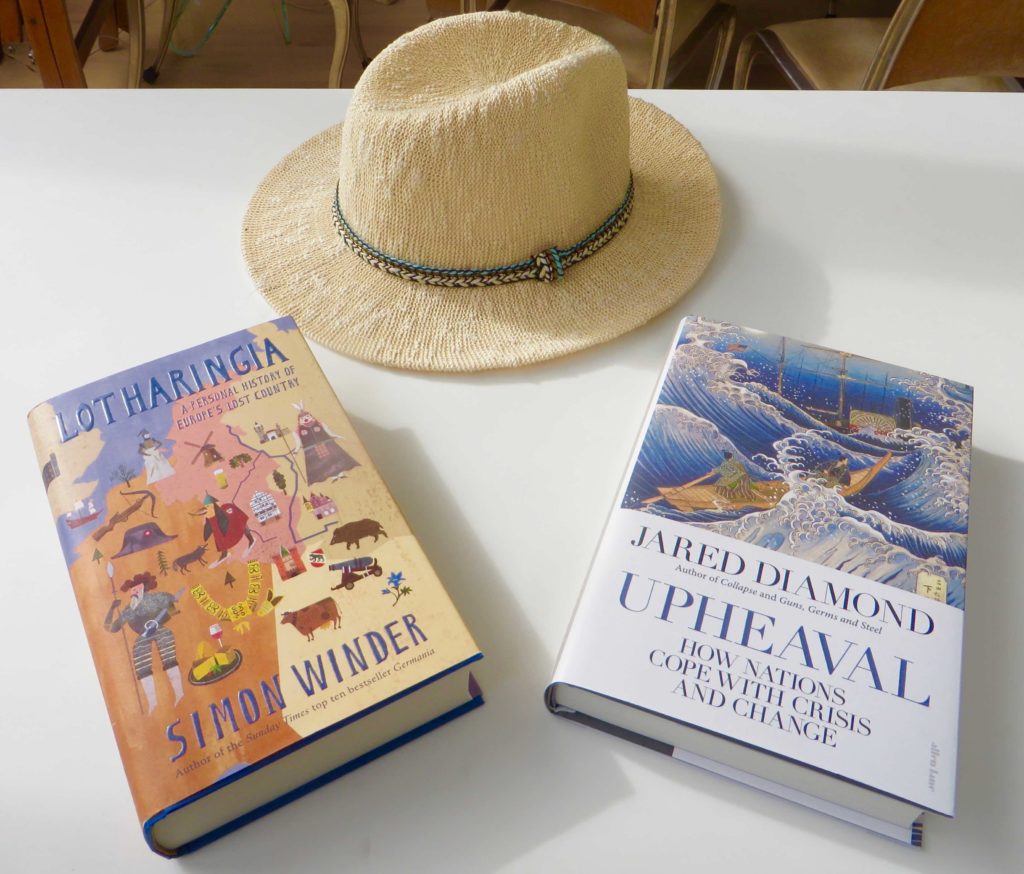
I set off on a walk around the centre of town and met Napoleon and other personalities from the past. Ajaccio is buzzy and easy to get to know. It’s a whole lot more welcoming if you speak French too.
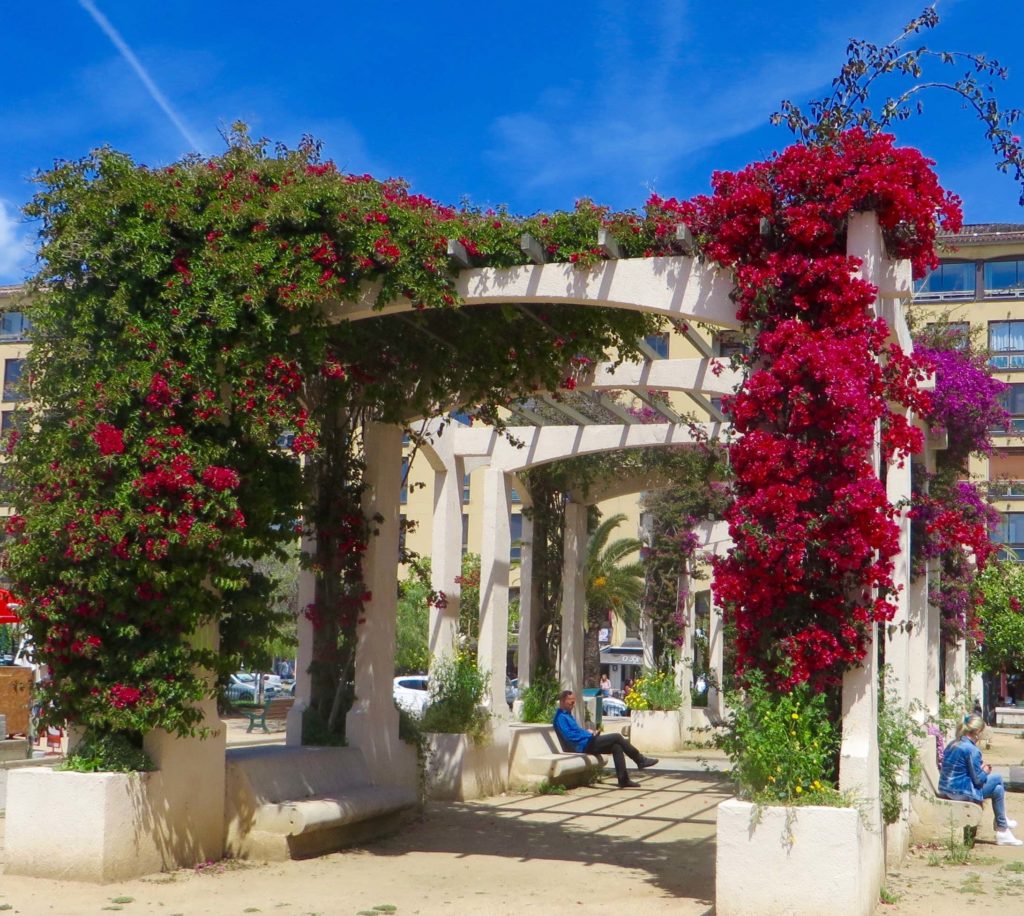

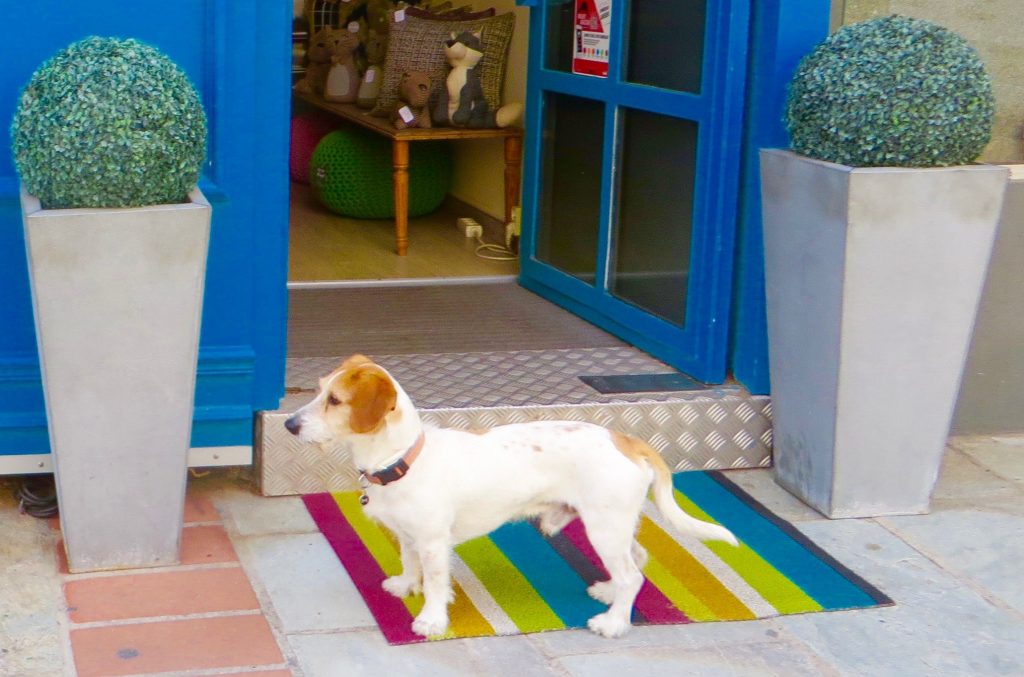
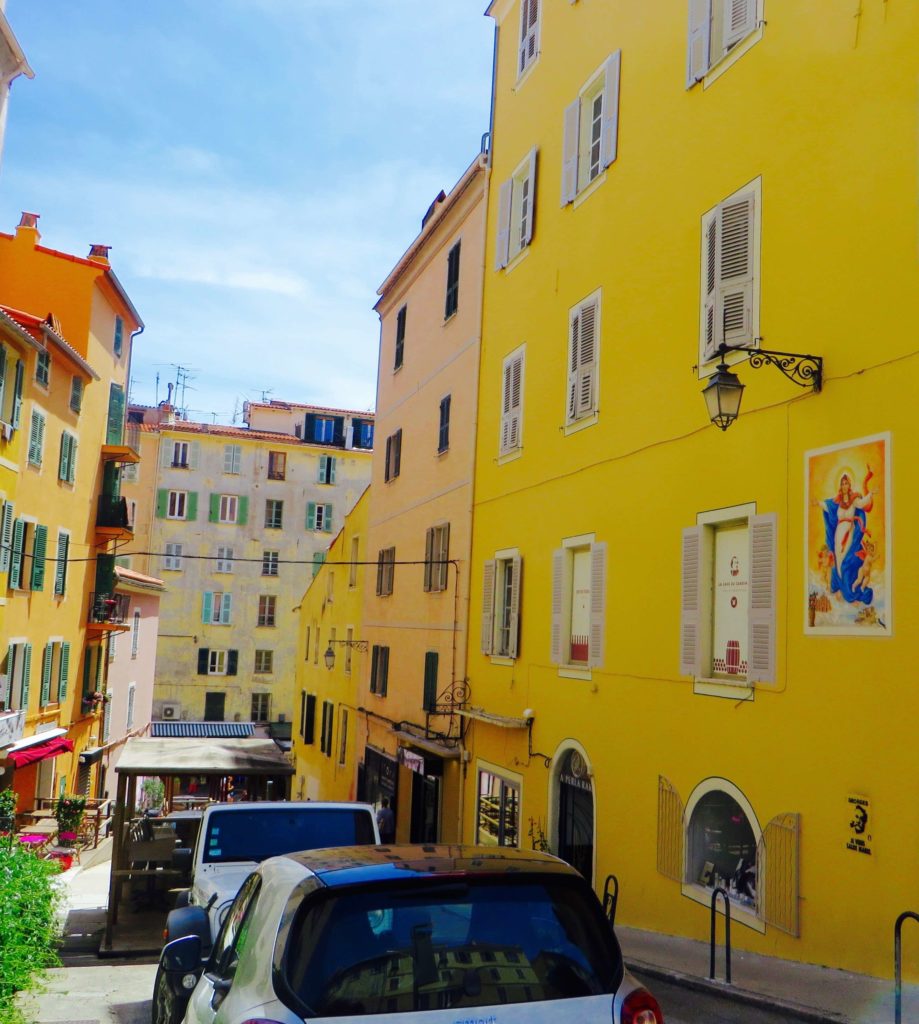
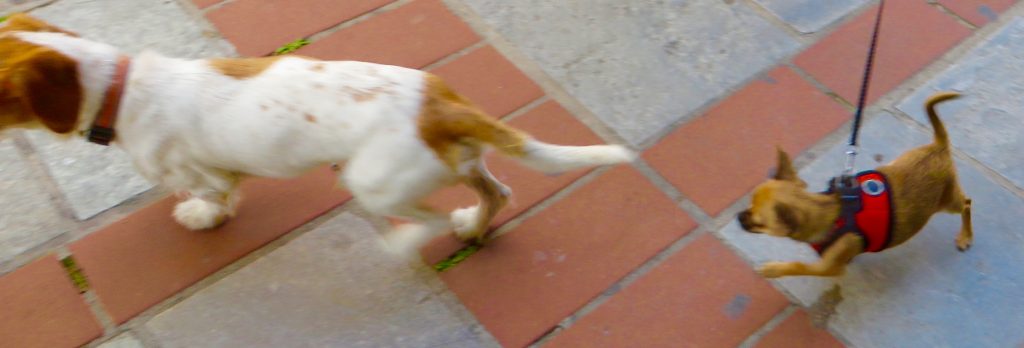

The musée Fesch is well worth a visit. It was a treat to spend time looking at the three floors of paintings without struggling through crowds or queueing. Your ticket includes the church which is alongside. And the ice cream parlour is opposite …
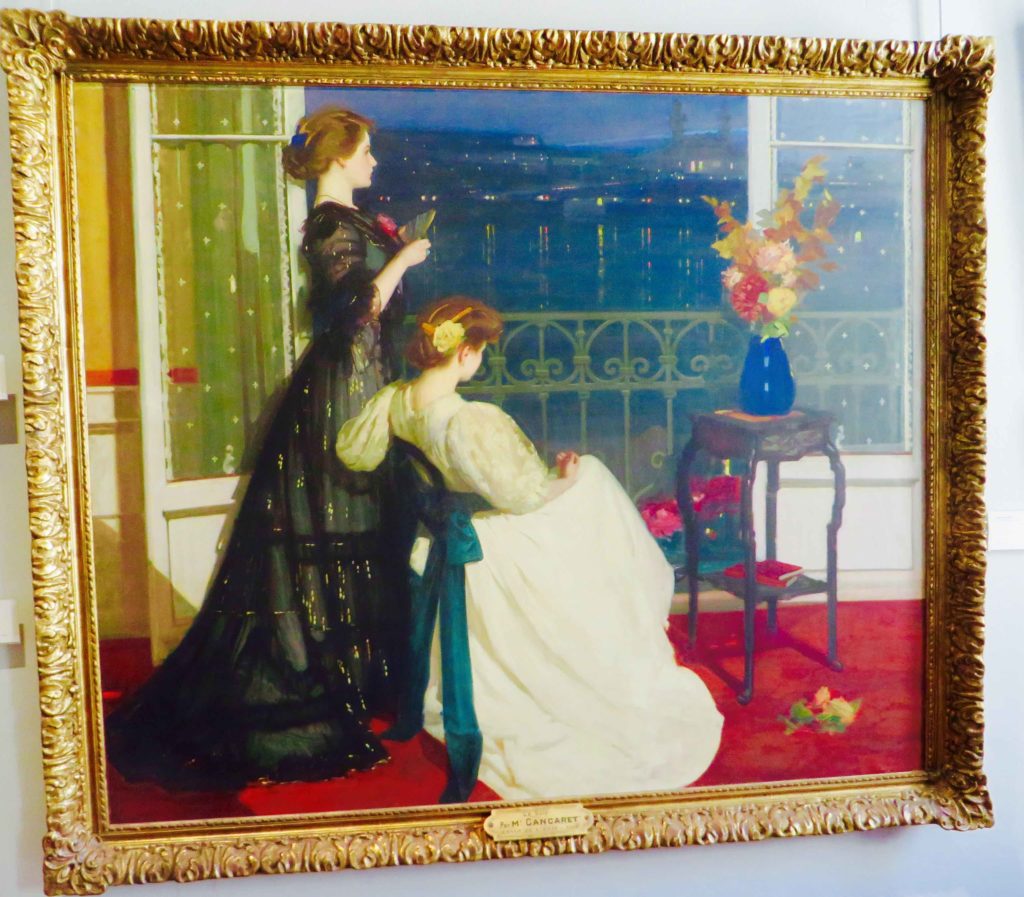
I meant to take a photo of my cédrat ice cream cone but too late – I ate it before thinking! An excuse for another one …

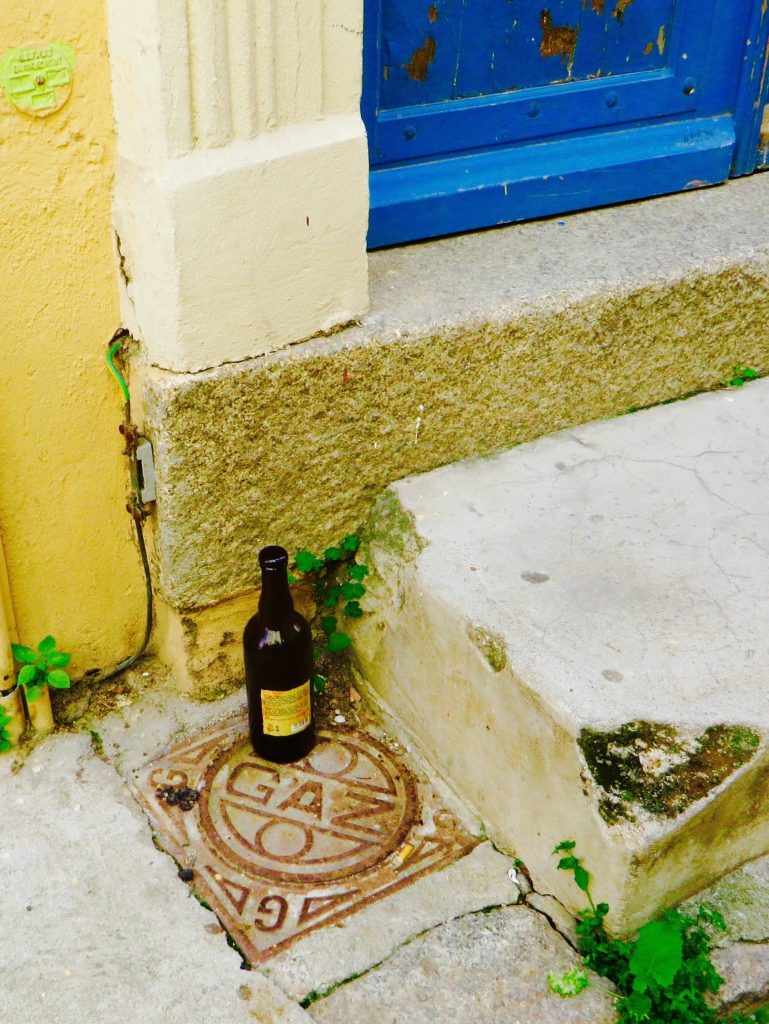
Later on, we drove out towards Les Iles Sanguinaires in the hope that a boat would take us out there – and we were lucky!

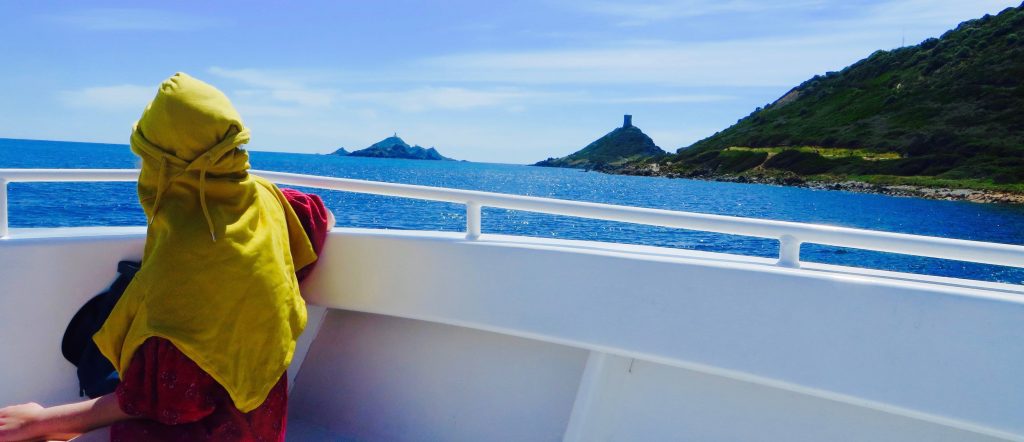
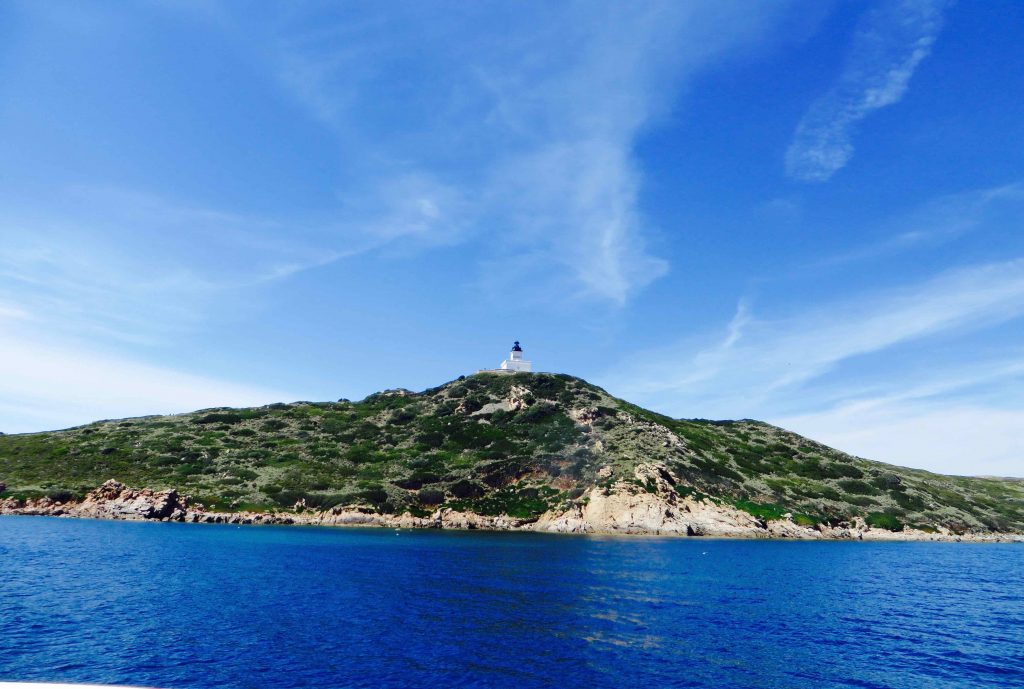

We climbed up to the lighthouse and had a picnic. Glorious weather. Nobody lives here and the gulls, lizards and wild flowers have the place to themselves in the winter months. Although there are a few other people here today, you do have the feeling of an uninhabited island with that unidentifiable, unspoilt ‘spirit of place’.
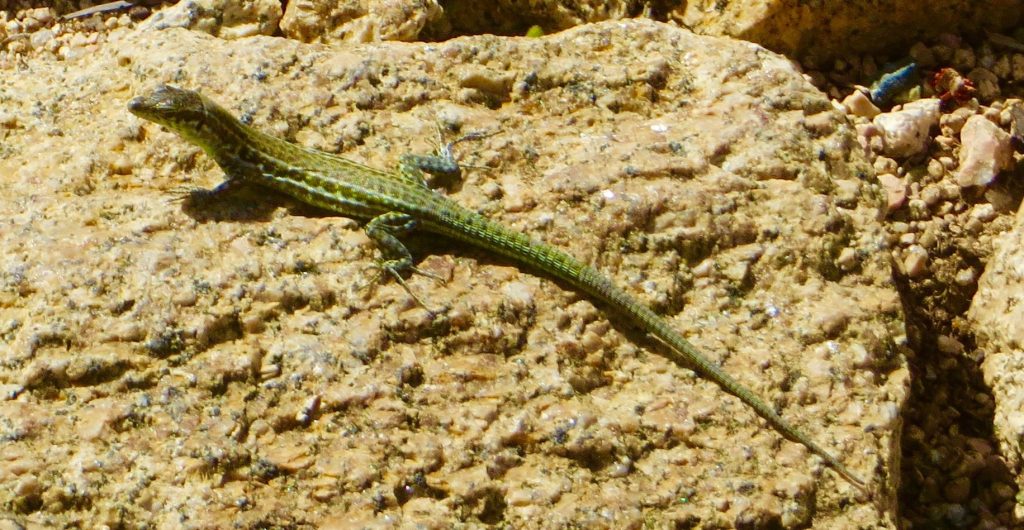
As well as the islands, there are magnificent coastal paths full of butterflies and beetles, which bring you to empty, sandy beaches, where the sea is like glass. Swimming in the sea – I had forgotten how wonderful that is. The beach is waiting for me to come back!
That evening we sat out on our large balcony with a view of the sea. In front of us was a ruined farmhouse, surrounded by wild shrubs and bushes. Earlier we had found a short cut through it to the beach. We were to find out more about its nocturnal inhabitants later …
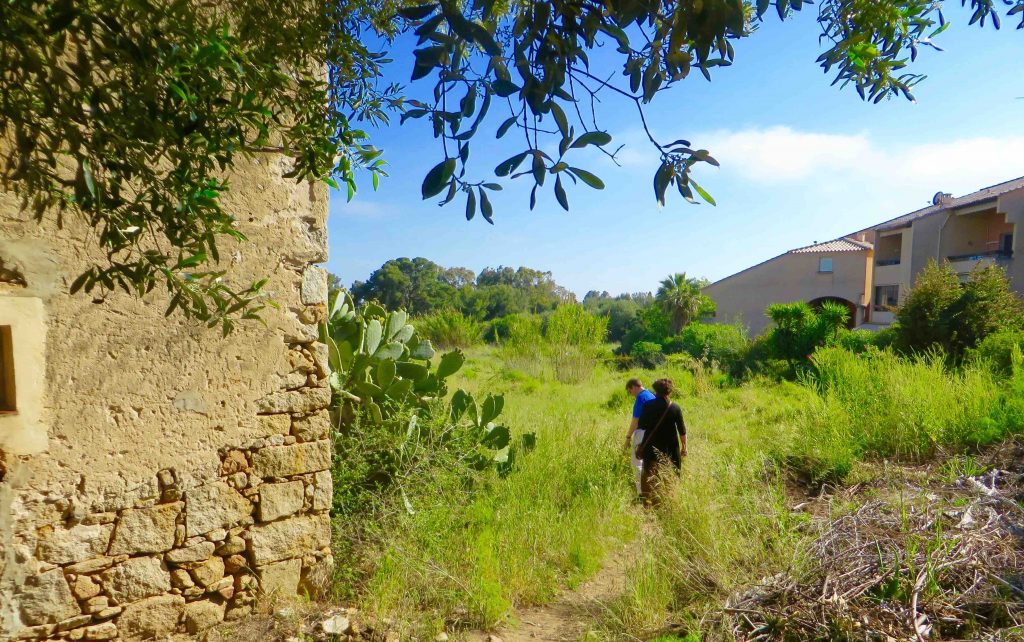
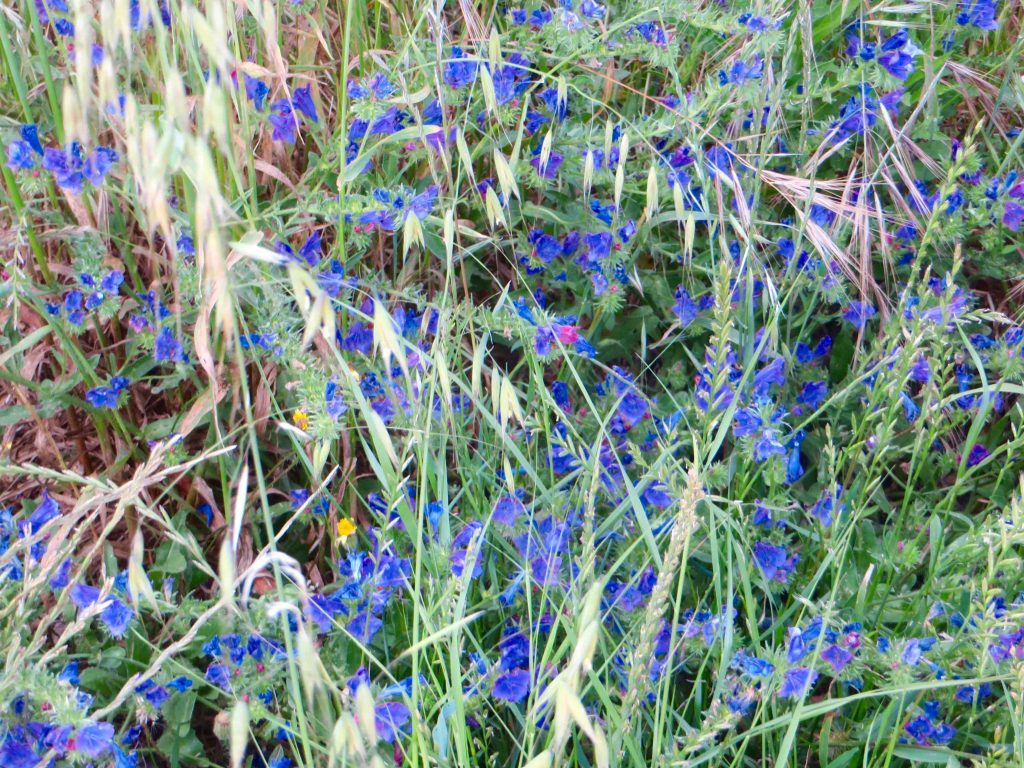

These hills rise up behind the apartments. We were watching the sunset fade over the sea, while sipping a glass of cédrat liqueur. As night fell, I heard snuffles and squeaks in the rough shrubby ground below us. There were animals, rootling around. We couldn’t see them but they sounded bigger than rodents and quite determined on their search for food. They turned out to be wild boar – in French, ‘sangliers’, a word which describes them more onomatopoeically. ‘Le sang’ in French means blood and they were definitely on the rampage. Lucky we didn’t take the short cut at night! They come down from the hills above in the hopes of a treat or two and could be quite fierce if approached.
The ‘sangliers’ represent the wild celebrities of the island but it’s also worth mentioning a couple of others.
Tino Rossi was a celebrated French singer and actor, who was born in Ajaccio (1907 – 1983). He had an operatic voice and sang romantic songs of the era, only losing out to rock and roll in later years. He built a house at the end of our local beach, Marinella, which still stands today. He sang a song with the same name …
Another celebrity is Dorothy Carrington, (1910 – 2002), an English woman, who lived for over fifty years in Corsica and wrote a book about the island, which has become a classic, after winning the Heinemann Award in 1971. Its title – ‘Granite Island – A Portrait of Corsica’. She lived an enormously full life on the international scene and her obituary is a fascinating read.
Both Tino Rossi and Dorothy Carrington have graves in the Ajaccio cemetery, which resembles a miniature city – for the dead.
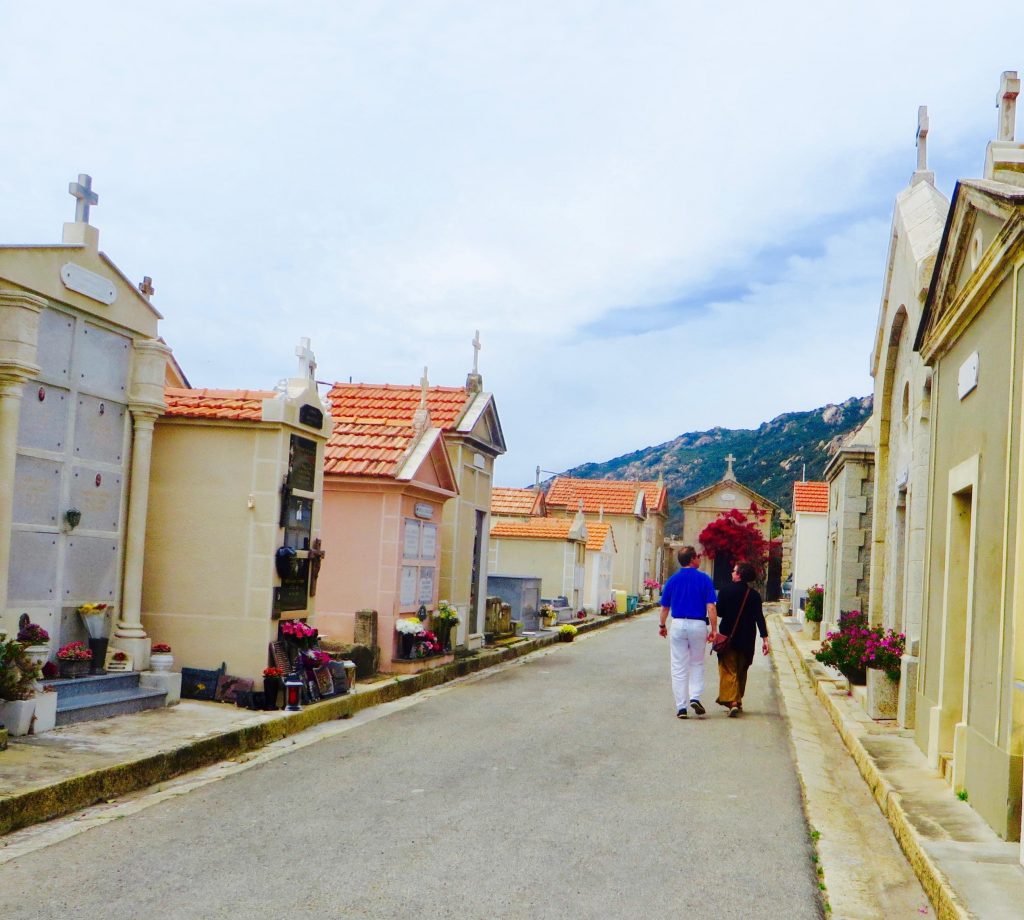
Our four days were almost at an end and our last dinner was eaten under the starry roof of a rustic restaurant in Ajaccio. Very Corsican!

Just a little taster of a beautiful island – lots more to explore…
